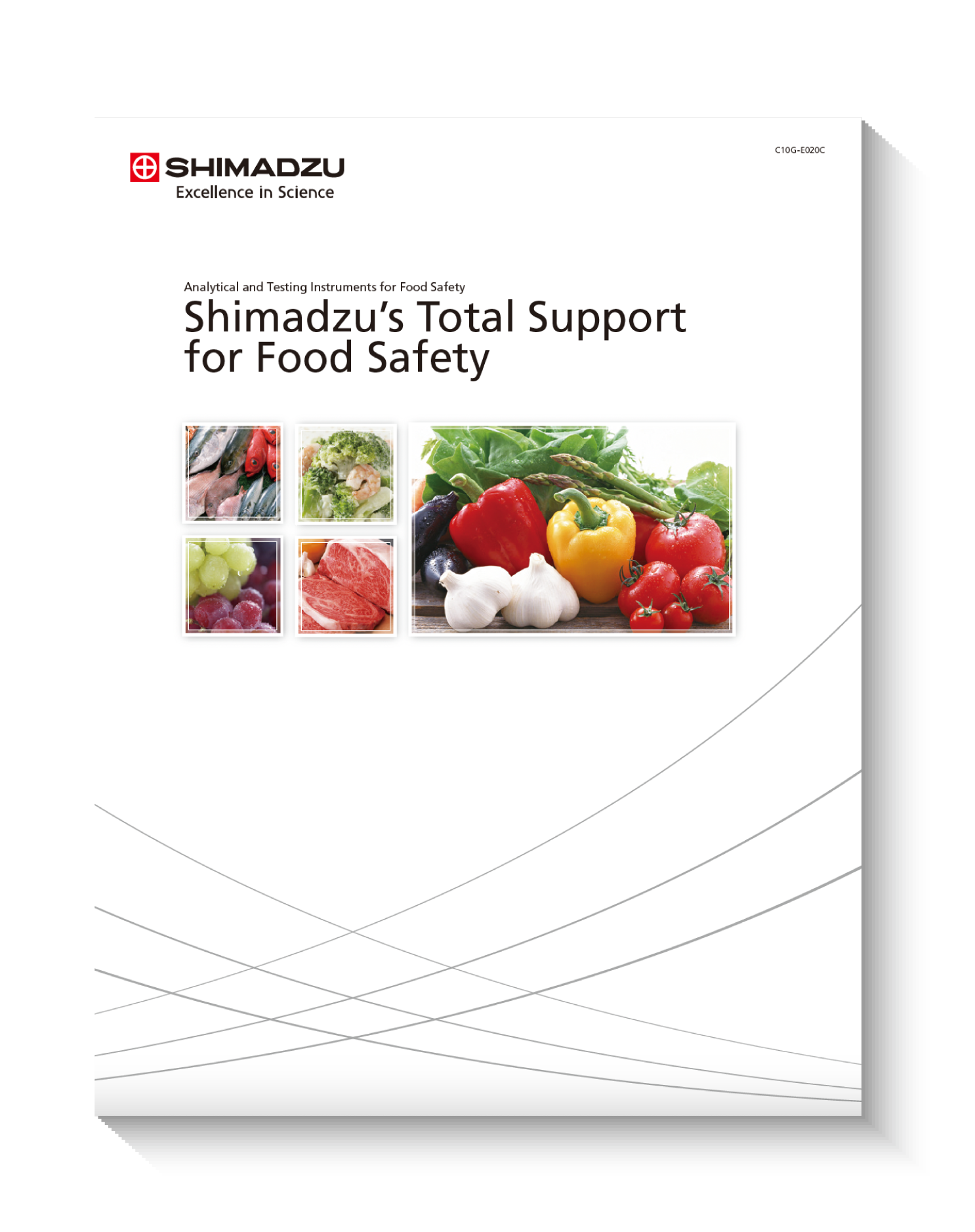Shimadzu's Solutions For Food Safety: Analysis Solutions For Food Packaging Materials And More
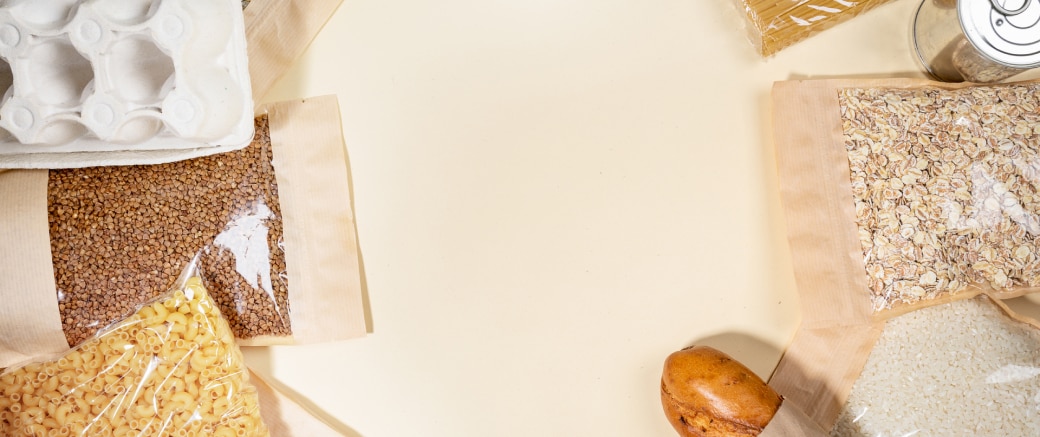
Shimadzu Analysis Solutions From Contaminants to Food Additives, Food Packaging Materials, and More
Shimadzu provides total support for food safety, whether it is farm to fork or bait to plate. As a leading manufacturer of a wide range of analytical instruments, Shimadzu undertakes the development of new instruments and technologies, and provides comprehensive service support in order to keep up with changing market demands. In this eBook, learn about Shimadzu’s analysis solutions from contaminants to food additives, food packaging materials, and more.
Read on below to get a snippet of the eBook, specifically on food packaging, and a few bonus resources!
Taste Your Food, Not Your Food Packaging
Food packaging materials have a direct role in the food we consume off the shelves of supermarkets, convenience stores, cafeterias, and even vending machines. It is an integral component of the food distribution process and influences the conditions of transportation and storage before consumption.
As food contact materials (FCMs), food packaging materials come into close contact with our food. They act as barriers and hold our food, preserve their quality and safety, prevent external contaminants from entering, and extend shelf life. There are primary, secondary and tertiary food packaging materials. Most of the food packaging materials we use daily are primary packaging materials, which include aluminum cans, glass bottles, plastic containers, and paper bags used for packing foods.
Analysis of Food Packaging and Food Packaging Materials
MOSH/MOAH Contamination
There’s concern about the influence of mineral oil components such as MOSH (mineral oil-saturated hydrocarbons) and MOAH (mineral oil aromatic hydrocarbons) on the human body. Food can get contaminated with MOSH/MOAH through contact with packaging materials and printing colors of packaging. The use of liquid chromatography (LC) and gas chromatography (GC) technology with flame ionization detection (FID) can enable a high throughput analysis of MOSH and MOAH in food and food packaging covering preparation, pre-separation and automated processes. After separation in HPLC, MOSH and MOAH fractions are automatically transferred to GC and detected by two FID simultaneously. It's a powerful solution for the analysis of non-intentionally added substances (NIAS) such as mineral oil hydrocarbons. For example, in the analysis of dry non-fatty food such as rice, noodles, or flour, the LC-GC-FID system can offer fast and routine analysis with accurate results.
Adhesive Strength of Packing – Prevention of Defects in Packaging
Testing the strength and functionality of packaging materials is essential to ensure food products reach consumers fresh and undamaged. To aid the development and quality control testing of packaging materials, Shimadzu analytical and testing technologies allow the analysis of residual solvents in packaging materials, strength testing of adhesive seals, and checking of pin holes in packaged products.
A wide range of materials, including aluminum and other metals and non-metallic materials such as paper and plastic, is used for packaging. According to their application, these materials must meet certain tensile, compression, and bending strength requirements, and if an adhesive is used, adhesive strength requirements.
Download our eBook to learn more about the analysis of food packaging and more – including analytical techniques to identify contaminants analysis, analyze food additives, among others.
Food Contact Materials - GRAS* or Gross?
*GRAS = Generally Recognized As Safe
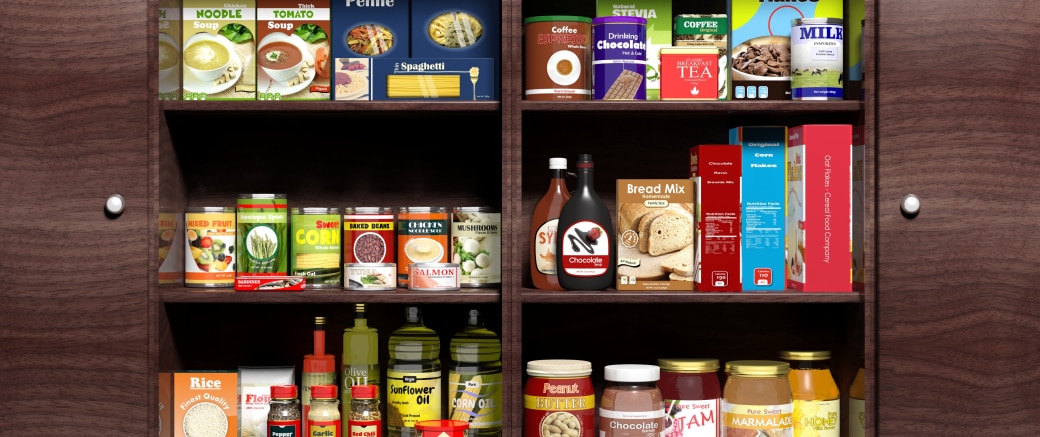
Food packaging comes in various materials, including glass jars, metal cans, plastic, cardboard, and paper. Additionally, there are aluminum pans and other metal containers used for food storage. The primary functions of food packaging are multifaceted. Firstly, it must protect the food by preventing moisture, light, pests, and bugs from affecting it. At the same time, it must retain the flavor and nutritional value while preventing spoilage. The packaging must also be sturdy enough for transportation without compromising the food's integrity. Furthermore, it serves as a platform for displaying essential information, such as nutritional details.
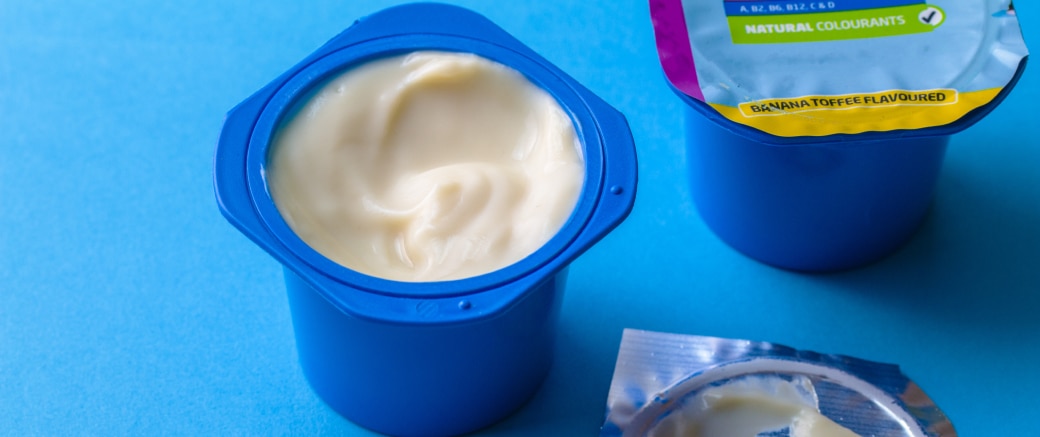
Now, let’s take a closer look at the food contact materials (FCM). Taking the yogurt jar as an example, it is considered as the food contact article—the complete product as purchased. It includes a plastic jar with a thin metal foil on top for freshness preservation.
Delving deeper, FCM consists of food contact substances (FCS) such as monomers, polymers, solvents, additives, and more. Examples of these include PFAS, mineral oil, phthalates, bisphenols, as well as heavy metals like lead and chromium. A notable term is also "non-intentionally added substances" (NIAS), referring to substances that are unintentionally present, such as unreacted monomers or degradation byproducts. These substances have the potential to migrate from food contact materials into the food itself, posing a concern for food safety due to their unknown nature.
Want to learn more about analysis of food packaging and food contact materials?
Off-Flavors from Food Packaging Materials
Off-flavors typically refer to an unwanted or unexpected flavor or aroma present in food, resulting from chemical reactions, external contaminants, or an introduction of undesirable compounds.
Besides imparting strange tastes that aren't associated with a product's natural flavor profile, off-flavors serve as important indicators of potential issues in food safety, from spoilage, contaminants to packaging issues. They prompt concerns about the food's quality, its manufacturing processes, as well as the conditions in which it is stored.
In the case of food contact materials, off-flavors may arise from the food packaging, from the degradation of the materials to the interactions between the food and packaging. This chemical migration occurs when the chemicals present in the packaging material are unintentionally transferred to the food product.
Impact of Off-Flavors on Food Products
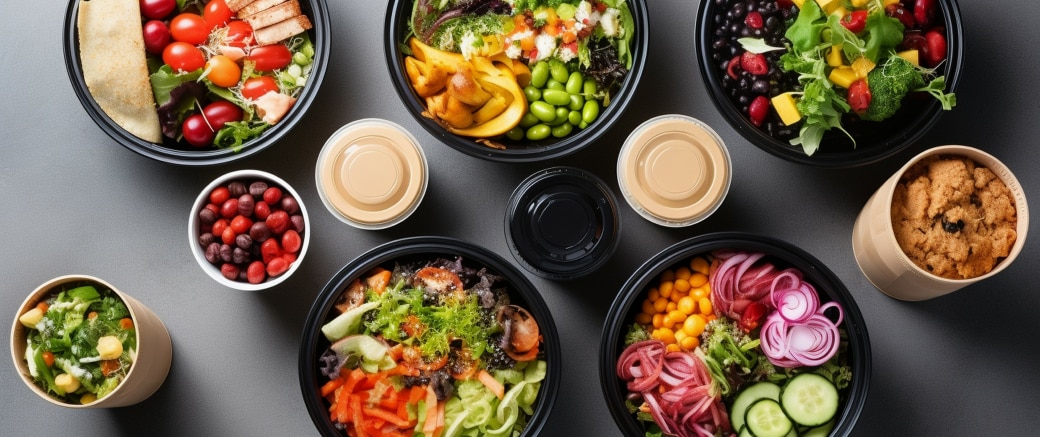
The presence of off-flavors can affect the intrinsic flavor profile of the food. With its taste and aroma altered, off-flavors not only can affect our sensory experiences, but may also put our health at risk.
Still, not all instances of chemical migration can be detected by tasting or smelling alone. This is why guidelines are necessary to set defined boundaries for product quality and safety. Proper standards and risk assessments in place to prevent, identify, and address concerns in packaging should also be actively pursued to maintain consumer health, satisfaction, and trust.
Identification and Analysis of Off-Flavors
From migration testing to hazard identification, exposure assessment, and risk characterization, adequate measures have to be put in place to support food safety. Shimadzu’s solutions offer the use of GC/GCMS as part of the analysis workflow to detect off-flavors.
Register for the On-Demand Session Now
Join Professor Erich Leitner from the Institute of Analytical Chemistry and Food Chemistry, as he shares deeper insights into why identifying off-flavors from food contact materials is essential in the food production process, formulating conditions, and also quality control.
